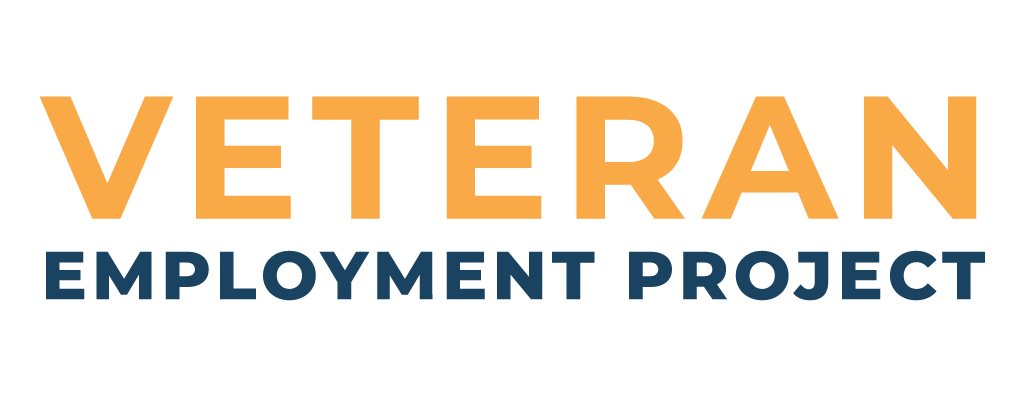As a veteran, spouse or military member starting transition, everyone tells you to set up a LinkedIn profile as if it were the easy button. But you soon find out that it isn't enough just to create a profile.
To really get a job using LinkedIn, you need cool skills and insider knowledge. How do you get those skills without looking like a big baby floating around in a pool full of ignorance?
You come right to us at the Veteran Employment Project. We understand the intersection between what the work world expects of you and what veterans expect of the world.
1. The Coolest Off-Label Uses for LinkedIn
Just like certain drugs are in the news for their legal, but off-label, uses for weight loss or cancer treatment, there are off-label uses for LinkedIn, too.
The way LinkedIn works for a typical civilian job hunt and the way LinkedIn works for a post-military job hunt are two different things. With LinkedIn Premium tools (available to military and spouses for free for one year), you can cut months off your job hunt -- and never talk to a stranger.
2. The Cool Way to Ask for a Connection
The last year of your military service is the best time to build the number of your LinkedIn connections. When you are trying to reach the magic metric of 500+ connections, it is easy to connect with the people in your address book.
Then make it a practice to connect on LinkedIn with civilians you meet at your kid's hockey game or band competition, or at church or neighborhood parties. Connect with fellow military and defense professionals from classes and training sessions. Follow up on conventions, military trade shows and conferences, such as Sea Air Space; Modern Day Marine; Air, Space and Cyber; and AUSA by connecting on LinkedIn.
When the box pops up to ask whether you want to include a message, always say yes. Statistically, that individual is more likely to say yes to a connection with a few words attached. You don't have to break a sweat convincing them you are amazeballs, eminently employable and that they should let you marry their daughter.
The cool way to do it is to just mention where you met, which is why you need to follow up right away instead of collecting their business card in a box marked "Someday." It should sound something like this: "Dave, so great meeting you at the Memorial Day party. I'd like to be connected."
It is also cool to connect with someone who made a good comment on your post or on someone else's post. Just say, "I really appreciated your comment on my post this morning. Such a good point. I'd like to be connected."
3. The Cool Way to Tag Someone in Your Post
Writing a weekly or semi-weekly LinkedIn post is a good way to announce subtly to the work world that you will soon become available. Often, this post asks a question, shares an upcoming event or class, reshares a friend's post with your note attached or shares a professionally interesting article. (We writers of articles love when you share our stuff, like 5 Resumes You Meet In Heaven.)
When you tag someone in the post, they get a little note telling them they were tagged so you are sure they will see it. They are not forced to respond in any way. It lets them know you were thinking of them, which is cool.
It is super easy to tag. Just put an @ sign in front of their name. Then a pop-up list of everyone you know by that name will come to the top of the list. Click it, and their tag will appear at the bottom of your post in bold letters. If you want to keep them anonymous, you can just clip off their last name.
4. The Cool Way to Participate.
So many of my senior military clients think clicking the like button ought to be enough to count as participation. It turns out that the like button does not really count. Instead, you need to respond.
The coolest way to respond is with a comment on someone else's post. This is not a request for you to write a major treatise. This is an invitation to answer a question. Offer some encouragement. Share a story.
Those things do take a little time. Know that people also like to see quick comments like: That made me laugh. Good point. Congratulations. So happy for you all. I also think ...
5. The Cool Way to Give Back
When you are first looking for a job, it feels like you are doing all the asking, hoping, praying, wishing, inquiring, beseeching, learning and growing. It is not comfortable for you, but Linkedin is the place where you can actually get a lot of the information and insight you need.
A lot of veteran transition professionals and groups are on LinkedIn for this purpose, but you don't want to wear them out. So don't join a LinkedIn veterans group and say something like: Does anyone here have a job for me? I live in Ohio.
Instead, join a group with plans to help others and give back. Even while you are in the beginning of your job hunt, you may know of a mentoring resource, a resume master class or a free federal resume template someone else needs.
When you get a job, be cool and thank the veteran mentors, professionals and nonprofits that helped you by name. Then resolve to check in with LinkedIn every now and again to help other veterans on their way to the next high-impact job.
Linkedin is a great resource for the veteran or spouse job hunt -- but only if you know how to use it.
Jacey Eckhart is Military.com's transition master coach. She is a certified professional career coach and military sociologist who helps military members get their first civilian job by offering career-level Master Classes through our Veteran Employment Project and on her website, SeniorMilitaryTransition.com. Reach her at Jacey.Eckhart@Monster.com.
Find Your Next Job Fast
Transitioning military, veterans and spouses may be qualified for the job, but they are missing the secrets of civilian hiring. Find out everything you need to know with our FREE master class series, including our next class. You can view previous classes in our video library. Questions for Jacey? Visit our Facebook page.







